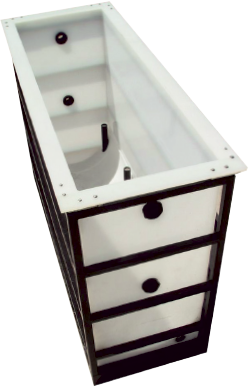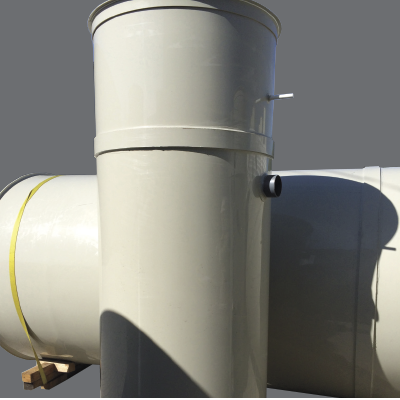
Throughout history, wood, ceramic and stone have been used as water tanks. Water is susceptible to a number of ambient negative influences, including bacteria, viruses, algae, changes in pH, and accumulation of minerals, accumulated gas. A correctly designed and using correct material water tank works to address and mitigate these negative effects.
The use of thermoplastics is in the field of chemical industry practically inevitable.
Plates for galvanic and water tank

Problem
In the process of galvanization plating products produced silt or mud, these are water-insoluble substances containing metal contaminants. Also by galvanisation occur industrial waste water, in which the cations of metals (e.g. copper, zinc, nickel) and anions (e.g., chromium). These are chemically very aggressive.
Solution
PP reflects the strong chemical and temperature resistance and ease of processing. The material used – PP has a high level of resistance to microorganisms, so the tanks have no nutrient surfaces before they are cleaned with steam. Welded together to create a watertight tank, the sheets prevent water stored in the tower from penetrating the outside, thereby helping to protect the structure as a whole. PP sheets can be cleaned quickly and efficiently without the use of chemical detergents.
